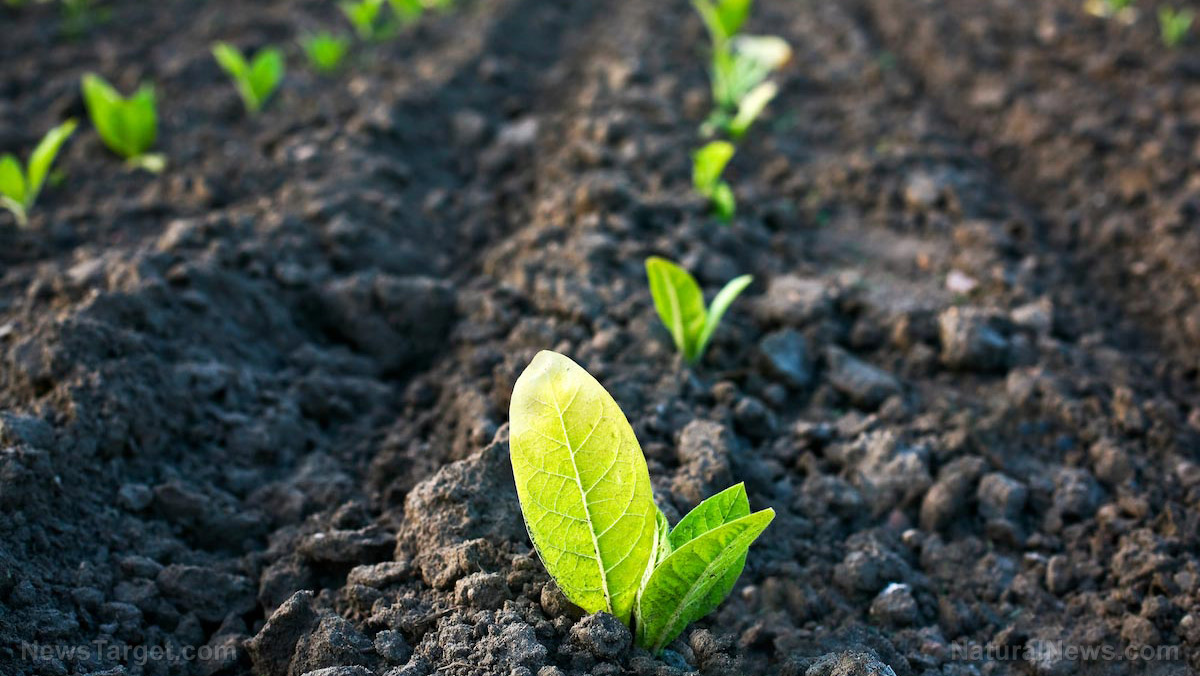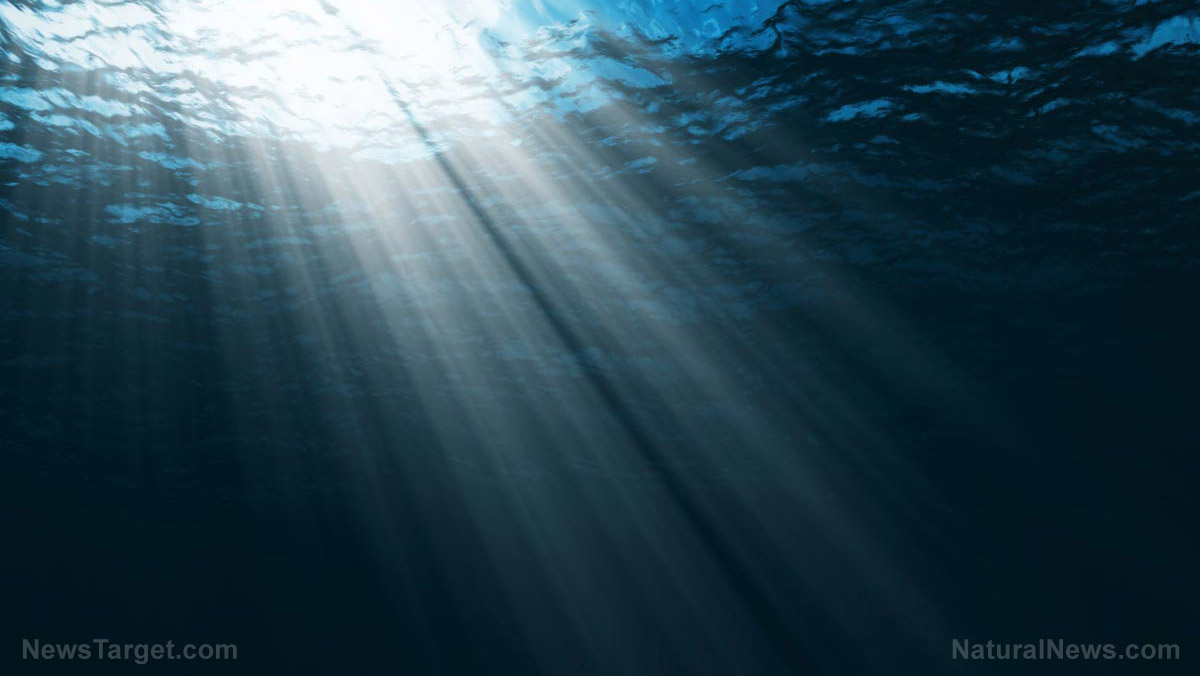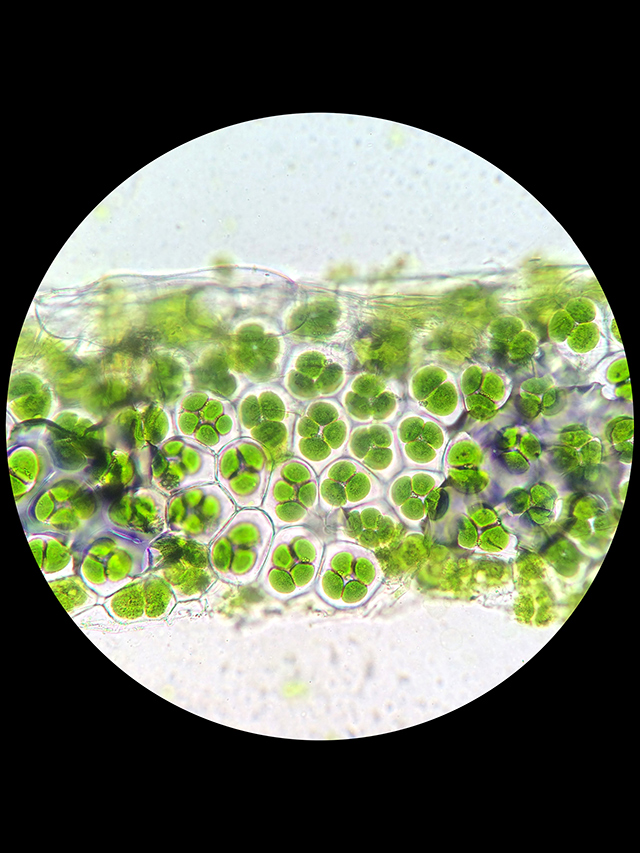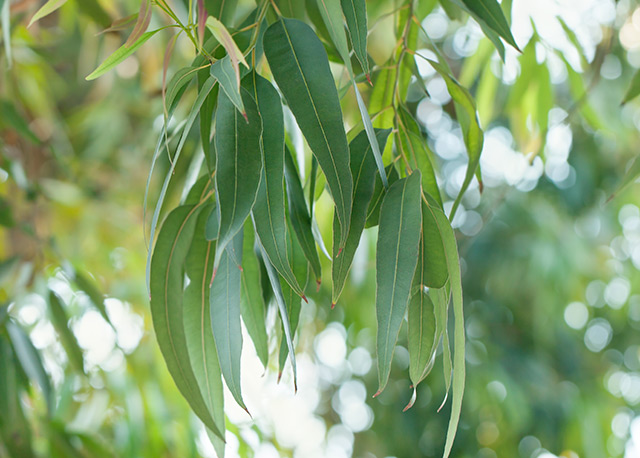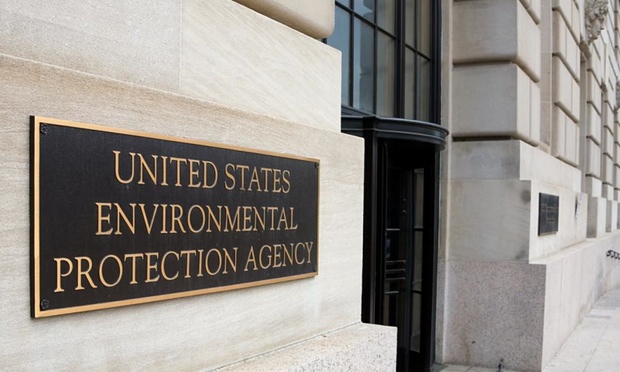A study published in Scientific Reports revealed that vegetation from coastal ecosystems can alleviate ocean acidification. According to the authors, marine plant life and seaweed can lower the acidity in their surroundings.
- Ocean acidification (OA), refers to notable changes in the ocean’s chemistry. OA occurs when carbon dioxide (CO2) is absorbed by the ocean, reacts with seawater, and produces acid. OA is a critical and growing threat to marine ecosystems.
- At least one-third of anthropogenic CO2 emissions have been absorbed by the ocean, and this has resulted in a decline in ocean pH of ~0.1 pH units since pre-industrial times.
- So far, OA projections and experimental scenarios are mainly based on well-mixed, open ocean conditions yet carbonate dynamics in coastal ecosystems are fundamentally divergent. Looking into these dynamics is crucial because OA endangers coastal ecosystems.
- Humans are also impacting coastal systems, especially since the majority of the world’s population lives at least 100 kilometers (km) of coastlines.
- Because of the rising threat of OA to important coastal resources, efforts must be made to learn more about the drivers of spatiotemporal variability in carbonate chemistry in coastal ecosystems.
- To determine the relative effect of producer dominance, ecosystem metabolism, and physical attributes on pH variability, tide pool habitats were distinguished at four different sites from southern California to central Oregon which spanned an estimated 11 degrees of latitude: Corona del Mar, CA; Monterey Bay, CA; Bodega Bay, CA; and Bob Creek, OR. The data used in the study were gathered from July to September 2016. Pools were randomly selected from among the mid to high intertidal zone to guarantee a range of various physical and biological characteristics that will represent the spectrum of local habitats.
- To identify the physicochemical environments in the pools and calculate metabolic rates, daytime and nighttime water sampling were done during low tide at each of the four sites.
The researchers stressed the importance of biological feedbacks and their influence on ecosystem functioning, especially since pH is both driven by and controls ecosystem metabolism.
Journal reference:
Silbiger NJ, Sorte CJB. BIOPHYSICAL FEEDBACKS MEDIATE CARBONATE CHEMISTRY IN COASTAL ECOSYSTEMS ACROSS SPATIOTEMPORAL GRADIENTS. Scientific Reports. 15 January 2018;8(1). DOI: 10.1038/s41598-017-18736-6
Receive Our Free Email Newsletter
Get independent news alerts on natural cures, food lab tests, cannabis medicine, science, robotics, drones, privacy and more.



